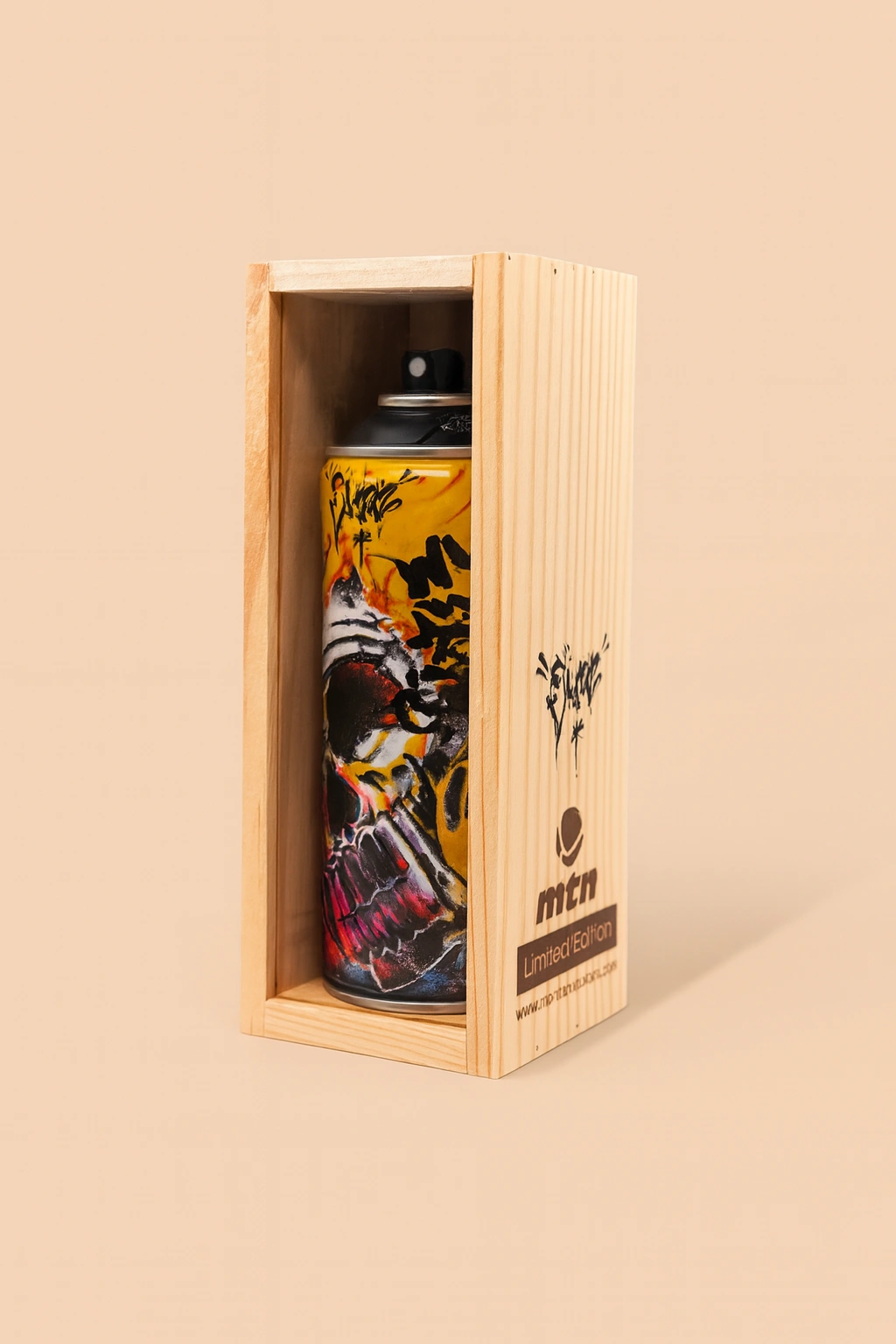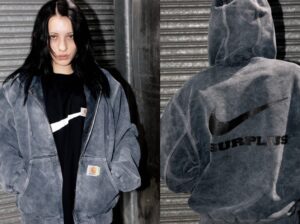Art, when it reaches its highest expression, does not merely depict life; it preserves it. In Profilo Del Goceano (2024), Vanni Rocca captures not just the surface of a landscape or the delicate textures of traditional clothing, but the very soul of a people—a timeless meditation on memory, identity, and resistance rendered in oil on canvas.
Rocca’s work transcends portraiture or pastoral landscape; it becomes a bridge between generations, a vessel for collective memory, and a celebration of the dignity rooted in the Goceano region of Sardinia. In doing so, it anchors the viewer in a geography where every seam of a garment, every hollow of a valley, every breath of ancient forest air resonates with untold stories.
In a world increasingly fractured by the loss of local identities, Profilo Del Goceano stands as a fierce, luminous defense of continuity—a reminder that we are, all of us, the heirs of landscapes and traditions deeper than the oldest memories we carry.
The Garment as Living Archive
In Rocca’s composition, the traditional Goceano attire—rendered with a reverence that borders on spiritual—commands immediate attention. The garment is not simply a costume; it is a palimpsest of lived history, where fabric and thread become vessels for pride, defiance, and resilience.
The seams, so meticulously detailed, tell of hands that toiled in seasons of both plenty and hardship. The embroidery, delicate yet resolute, becomes a language of care, patience, and artistry passed from mother to daughter, generation upon generation. Each stitch is an act of remembrance, an oath sworn silently to the past.
In Rocca’s hands, the attire is transformed into an armor of dignity, at once utilitarian and ceremonial. It evokes a time when garments were not mass-produced but crafted with profound intent—an era when the clothes one wore spoke volumes about lineage, allegiance, and belonging.
Bono: Land of the Indomitable Spirit
The painting draws its breath from the land itself—specifically from Bono, a village perched within the Tirso Valley, a place where history has been written in acts of defiance as much as in the slow rhythms of agrarian life.
Bono’s legacy is one of courage and dignity, a spirit Rocca captures with astonishing clarity. The posture of the figure in Profilo Del Goceano—upright yet unforced, proud without arrogance—mirrors the landscapes that birthed it: craggy yet welcoming, wild yet fertile, austere yet profoundly generous.
There is an almost mythological resonance to the connection between person and place. Here, humanity and environment are not distinct entities but extensions of one another. The stone, the soil, the fabric, the skin—all weave together in a seamless affirmation of endurance.
Tirso Valley and Monte Rasu: Geography as Destiny
In the background, softly rendered yet unmistakably present, the Tirso Valley stretches out like an ancient cradle of civilization. Its welcoming hollows, lush with life and memory, serve as a visual counterpoint to the figure’s quiet strength. The valley is not passive; it cradles, sustains, and witnesses.
Above it all looms Monte Rasu, the highest peak of the Goceano chain. It is toward this summit that the figure’s eyes inevitably lift—drawn upwards by forces both physical and spiritual.
The ascent from valley to mountaintop in Rocca’s painting becomes a metaphor for the internal journey of a people: from the rootedness of home to the infinite longing of the soul. Monte Rasu is not merely a geographic marker; it is a beacon of aspiration, resilience, and transcendence.
Sos Nibberos: The Sacred Silence of Ancient Forests
If the valley and the mountain represent the visible pillars of Goceano’s identity, then Sos Nibberos, the ancient forest nearby, embodies its invisible heart.
The centuries-old trees of Sos Nibberos, whose presence Rocca alludes to in the painting’s whispering textures, are not silent. They murmur stories of resistance, survival, and belonging—echoes of times when people sought refuge among their trunks, when whispers of rebellion stirred the undergrowth.
In Rocca’s vision, the forest is a living archive, no less important than the garments or the soil. It is a memory that breathes, its canopy sheltering the dreams and struggles of countless lives that passed beneath its branches.
The ambient silence of Sos Nibberos, captured in brushstroke and negative space, is not emptiness; it is pregnant with meaning, a silence that holds the weight of all that has been endured, celebrated, mourned, and cherished.
The Figure as Collective Memory
The central figure in Profilo Del Goceano is not a mere individual; they are an archetype, a vessel through which the collective soul of a people finds expression.
There is a universality in the particular. While the attire and landscape root the figure firmly in Goceano, the emotions they evoke—pride, longing, resilience—are recognizably human across time and geography.
The figure’s face, partially turned, suggests both introspection and vigilance. It is a face that remembers and a face that watches, bridging past and future with a gaze that refuses to be forgotten.
Through this figure, Rocca insists: We are all children of this land. Whether by blood, memory, or spirit, we are all inheritors of some ancient terrain, some whispered history that shaped us before we even drew breath.
Art as Cultural Resistance
In choosing to paint Goceano’s traditions in 2024—a time when globalization threatens to homogenize identity—Vanni Rocca engages in an act of cultural resistance.
His canvas becomes a bulwark against forgetting. Against the relentless march of modernity that flattens local nuance into global sameness, Rocca asserts the irreplaceable value of the particular, the rooted, the real.
He reminds us that the past is not a museum relic to be dusted off once a year. It is a living organism, nourished by each act of remembrance, each telling of a story, each wearing of a traditional garment.
No comments yet.








